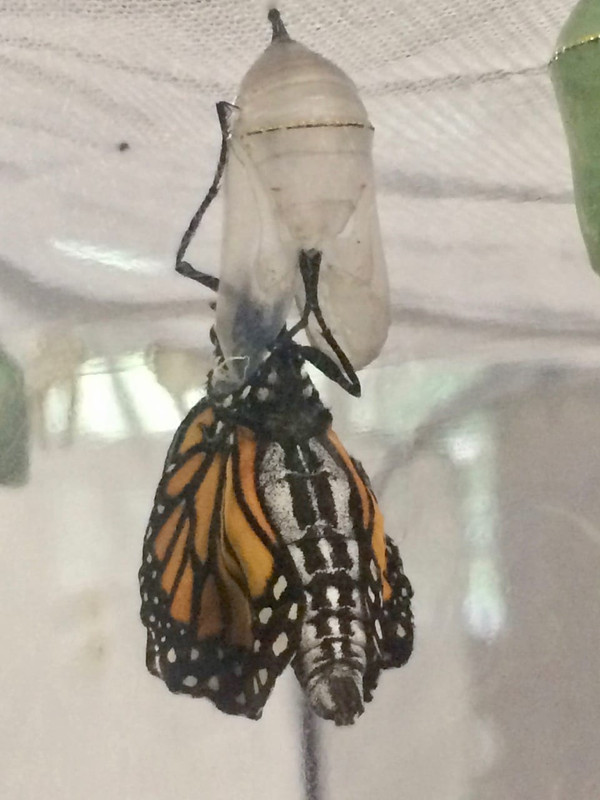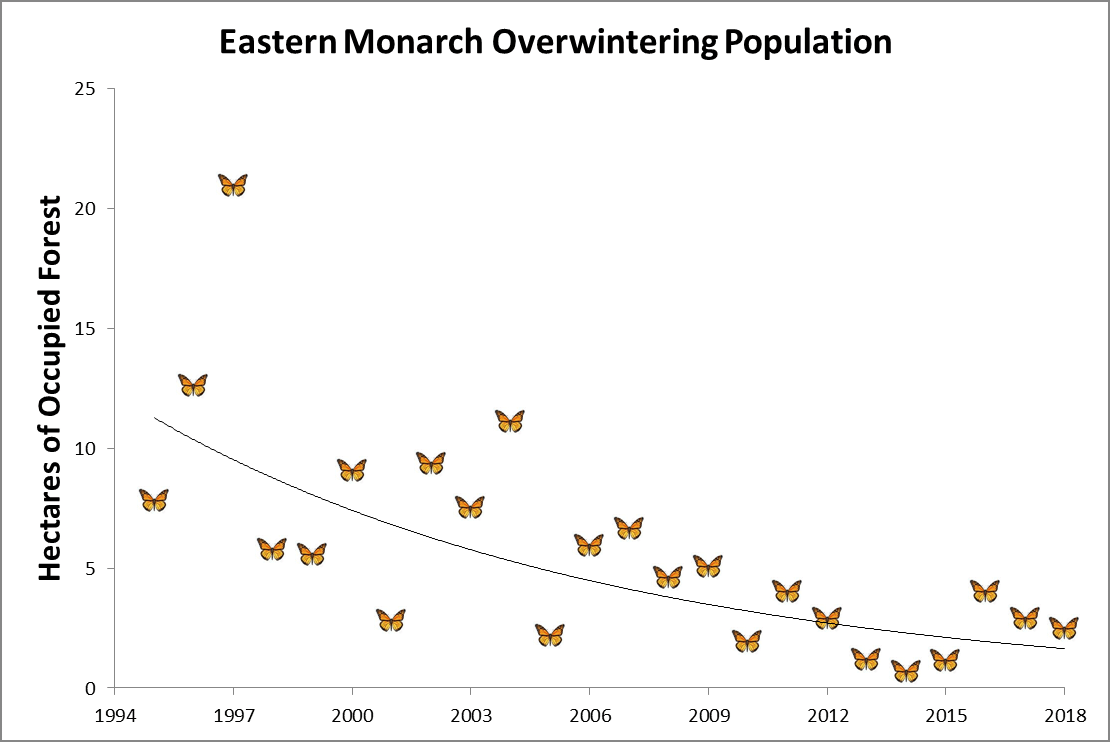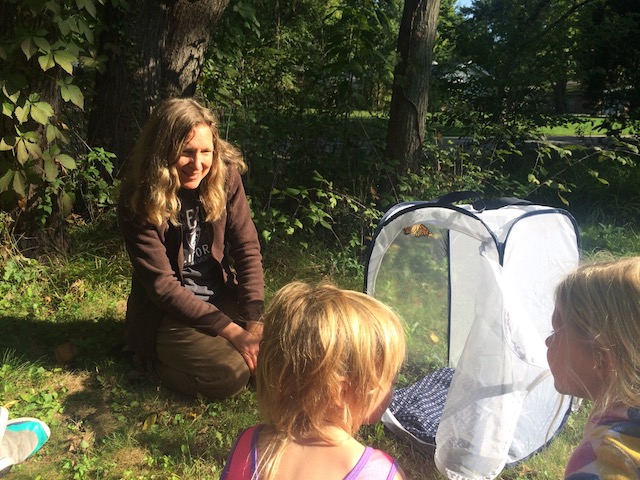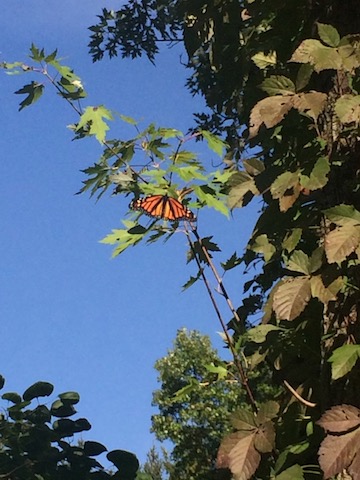
A Monarch is Born!
Published by Anne Altor on Oct 21st 2018
Raising monarch butterflies this summer was a magical experience!
Why raise monarchs? Why not leave caterpillars alone to grow into butterflies out in the wild? Here are some compelling reasons: Survival of monarchs from egg to adult is very low—between 2 and 10%—in the great outdoors. Eggs and caterpillars get mowed down, eaten and parasitized. Many are poisoned by pesticides and herbicides used to kill milkweed and other non-agricultural plants. Caterpillars can dry out during droughts or be drowned during downpours, get run over on the road when they're looking for pupation sites…
This low survival rate is a problem.
Monarch populations have crashed by more than 80%, mostly over the last 20 years, due to habitat loss, herbicides and pesticides, and climate change. So if there's a field or roadside near you that gets mowed regularly, collecting eggs and caterpillars will help monarchs that wouldn't have a chance otherwise. Even if you have a pesticide-free garden, parasites and other predators kill many monarchs during the caterpillar and chrysalis stages.

Center for Biological Diversity 2018 Eastern Monarch Winter Count. Courtesy of Center for Biological Diversity
We had 18 eggs hatch and became monarch butterflies.
We released them all and wished them safe journeys to Mexico. To capture one emerging from the chrysalis, I set up my work station in the garage when I knew the time was close to make sure I didn't miss it. Check out the video below to see a monarch emerge from her chrysalis!
[[VIDEO]]
After they emerge,
monarchs pump the fluid from their abdomen into their wings, which causes the wings to straighten out and then harden. They also fuse their 2-part proboscis (sipping straw) into one piece.




About 3 hours after emerging, the monarch is ready to fly.
They need to soak up the sun before they can fly, so we made sure to release each one in sunny conditions. This meant keeping some of them for a day or so.

Butterfly release party!

Soaking up the sun before starting her migration
